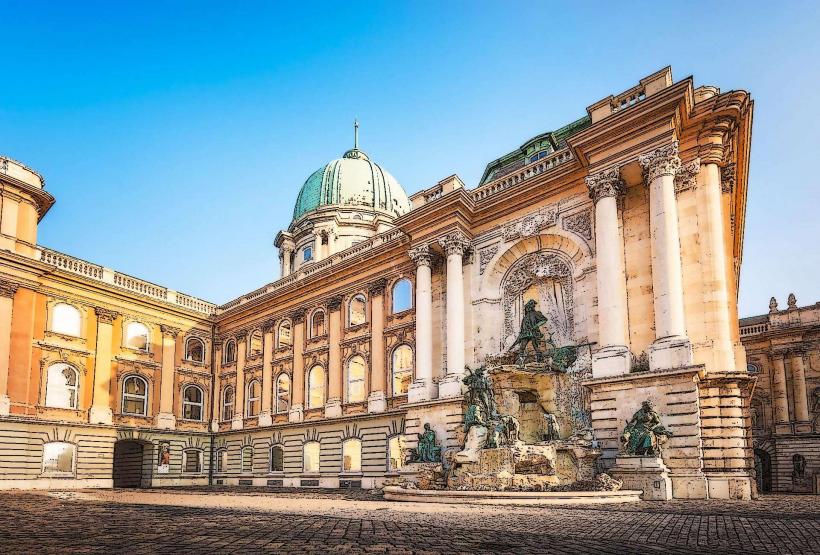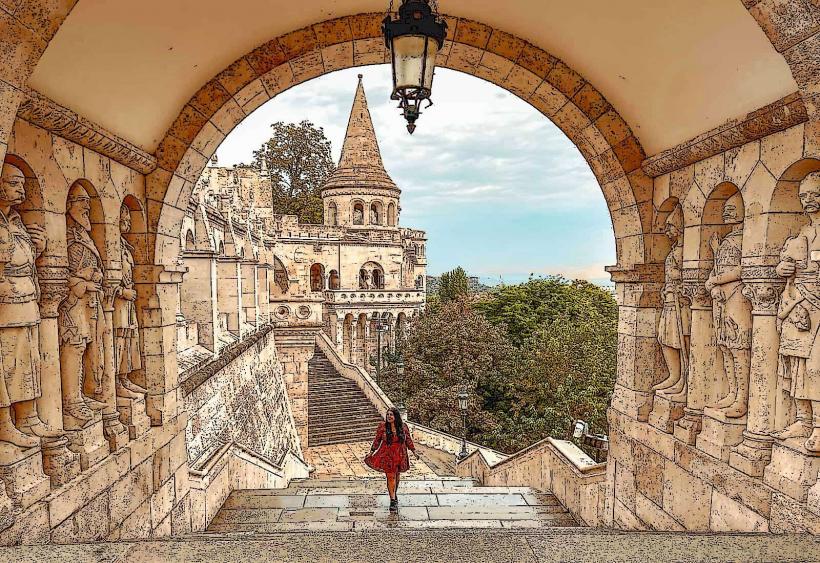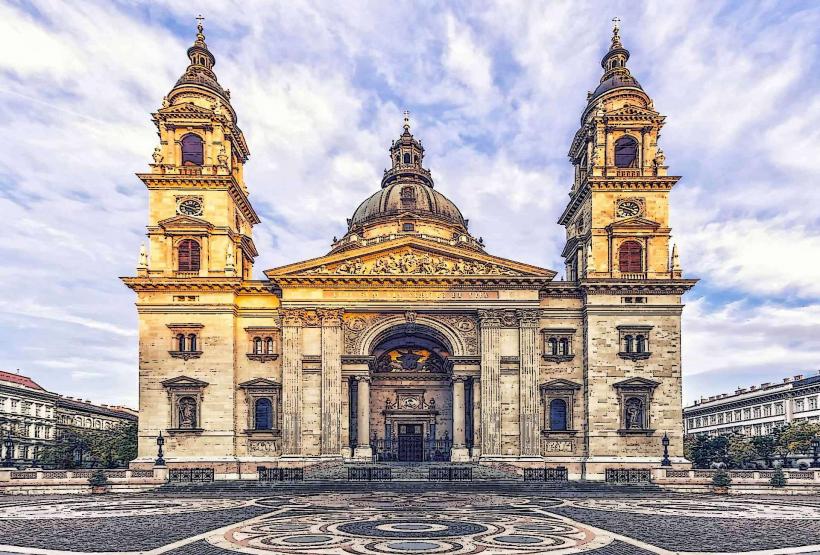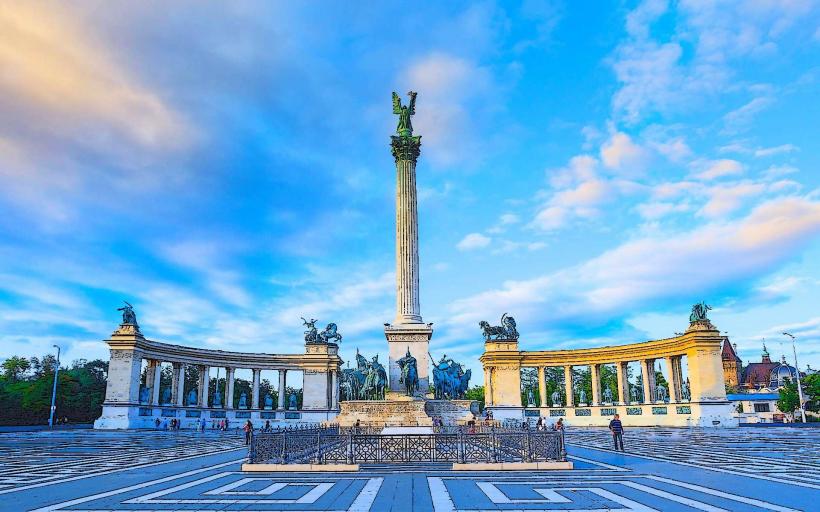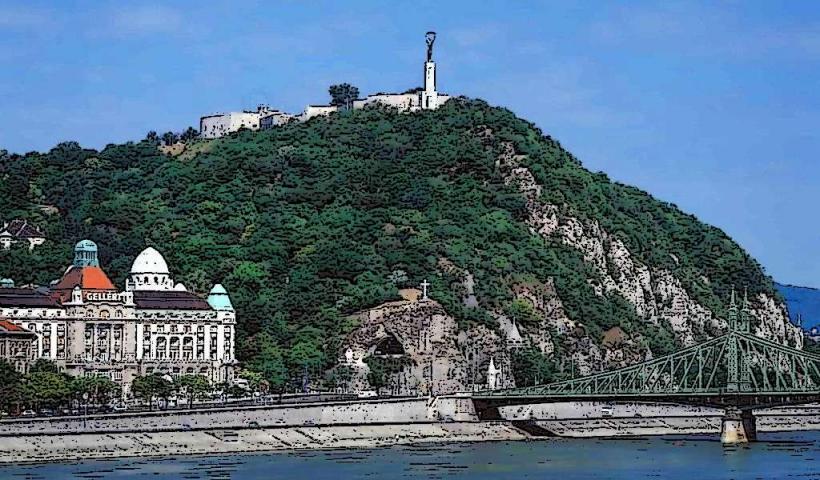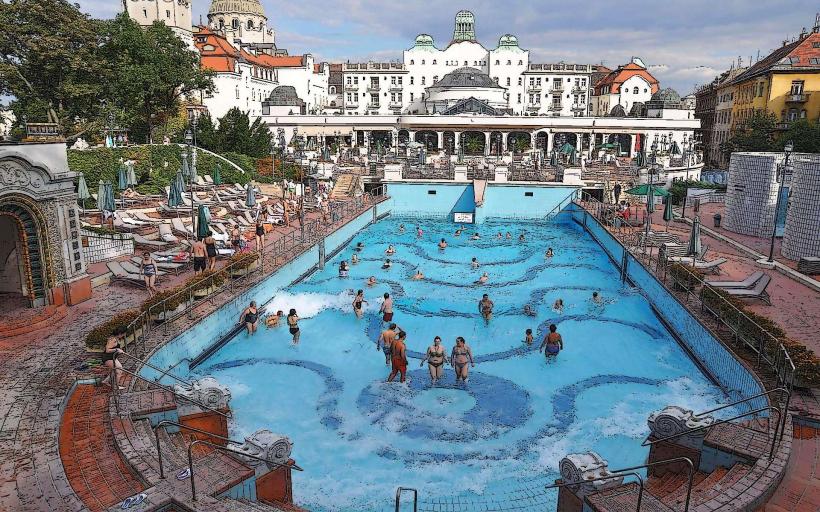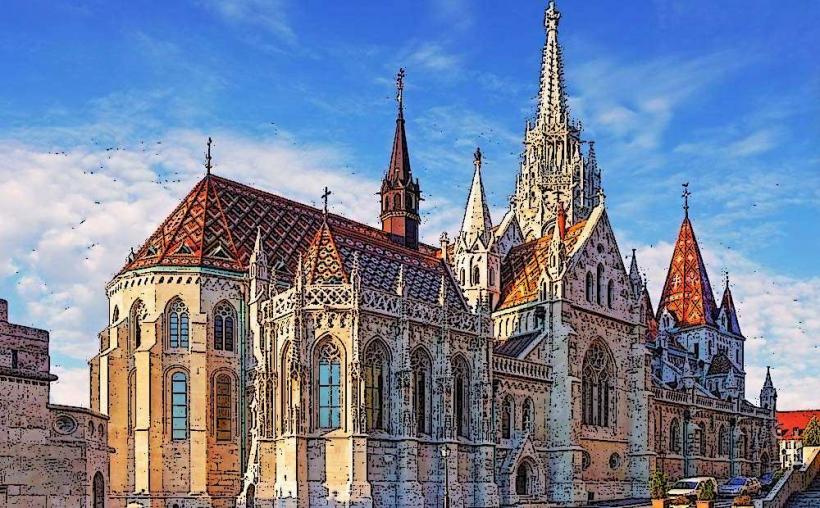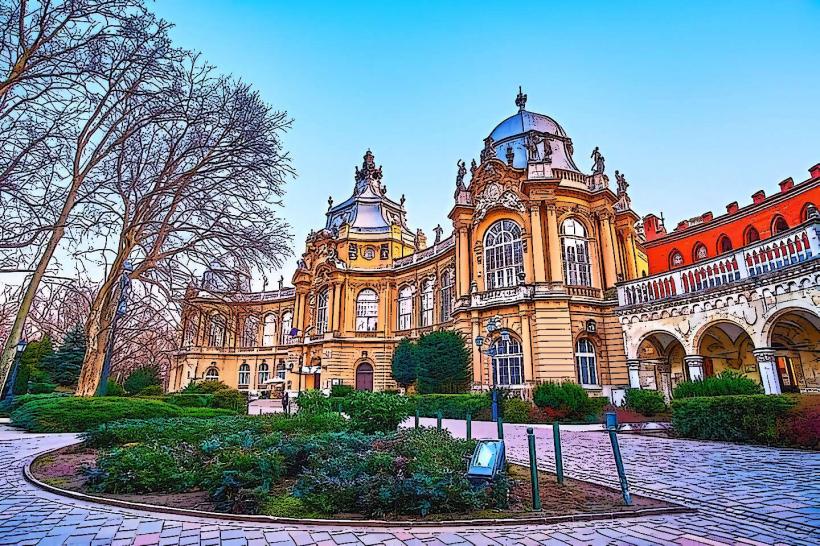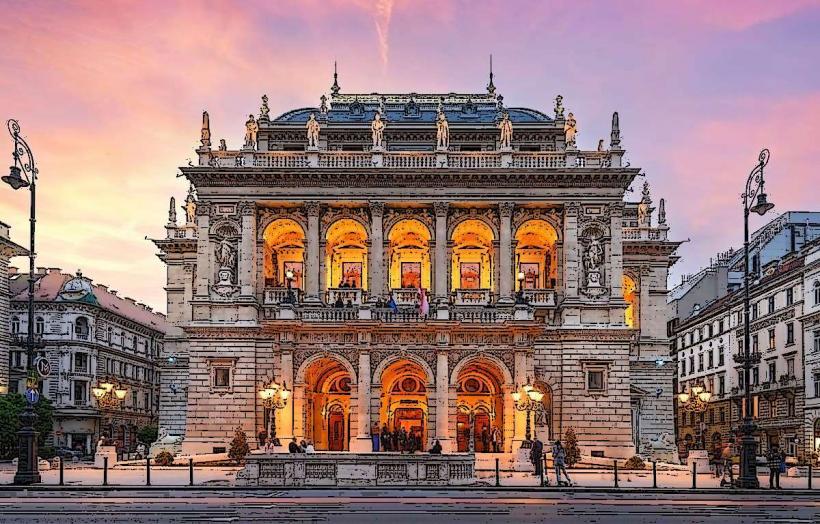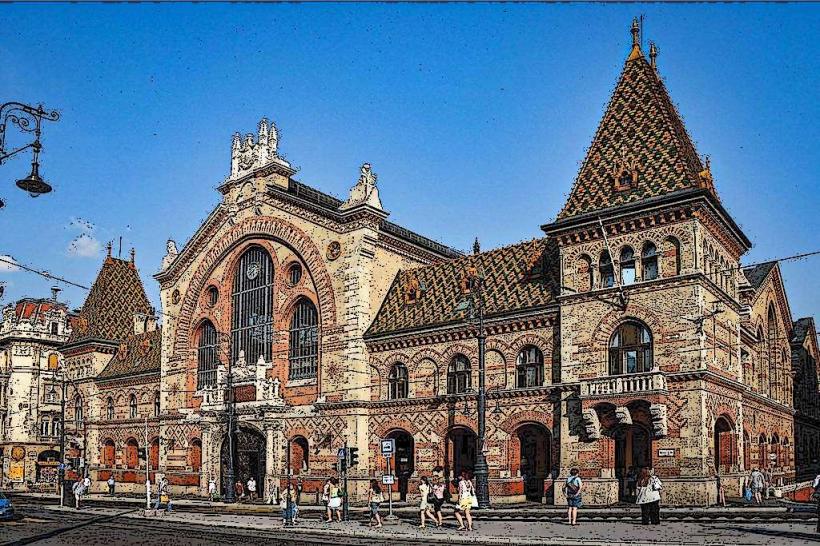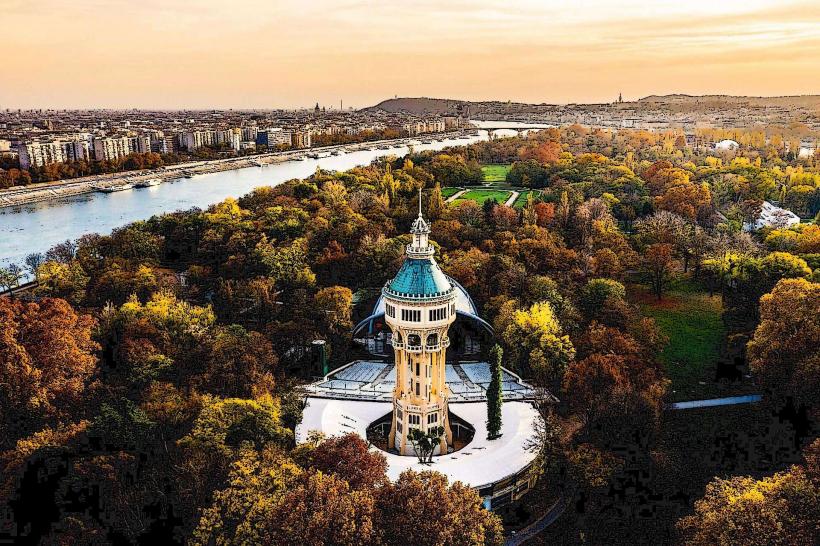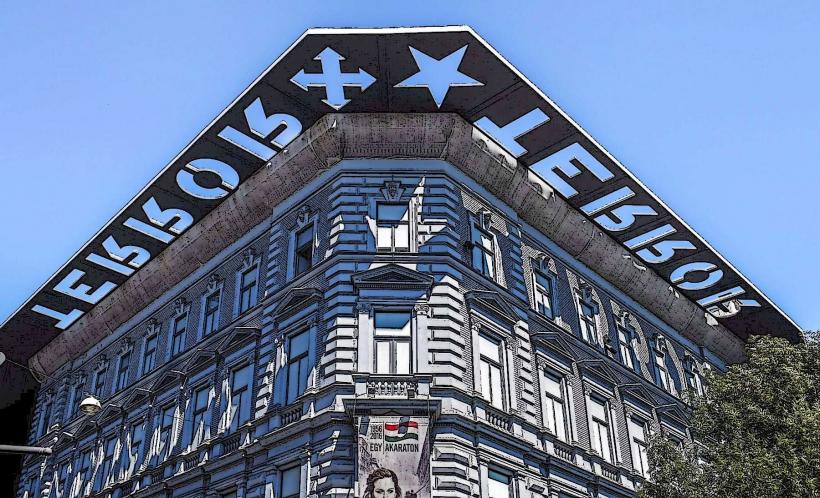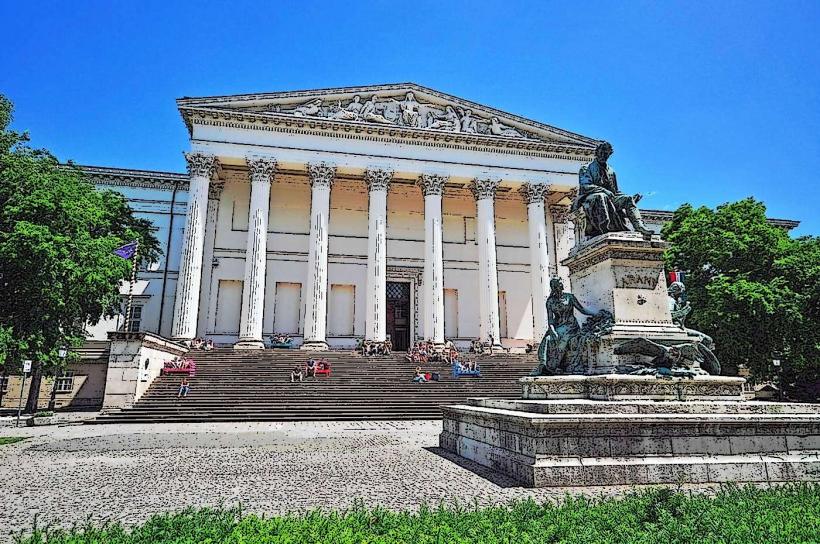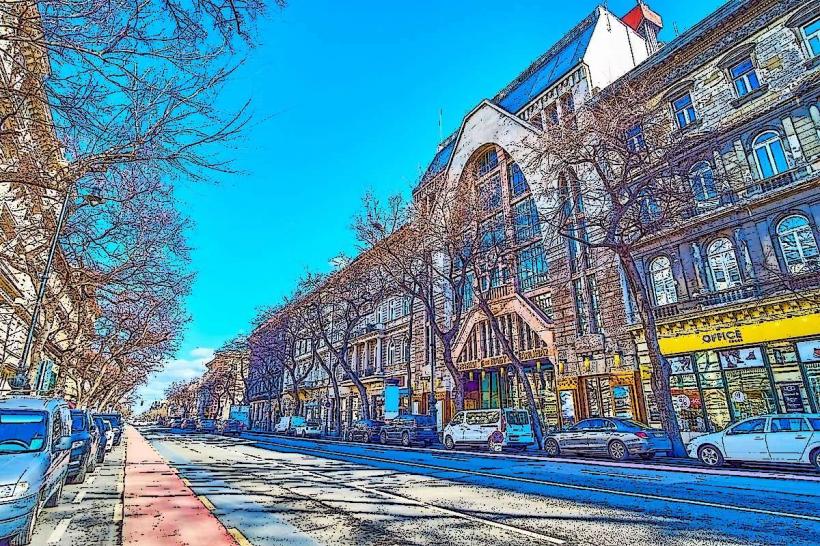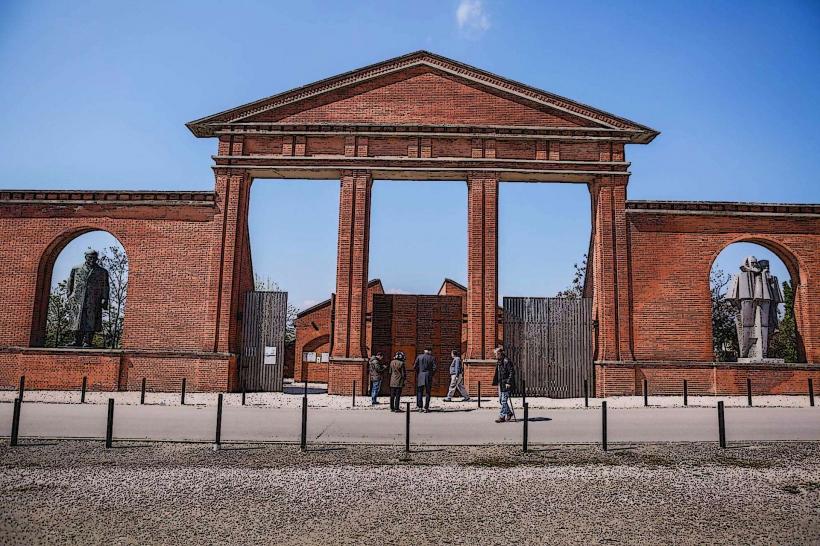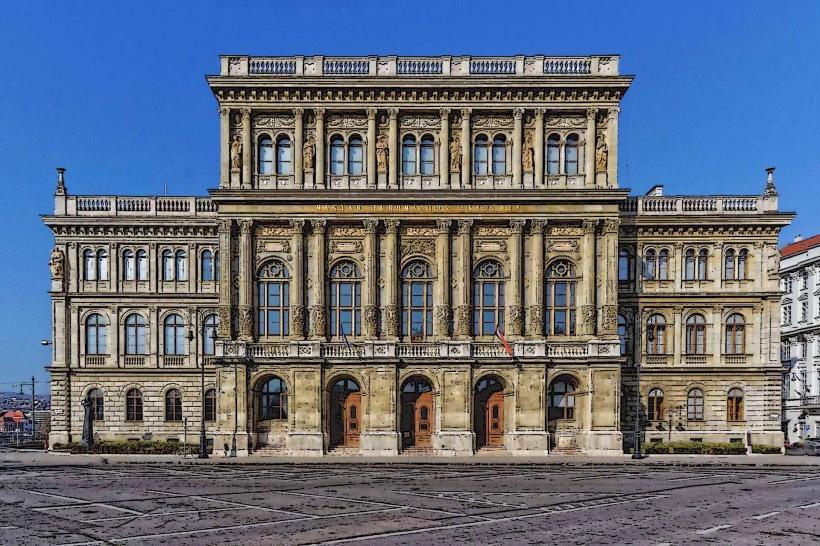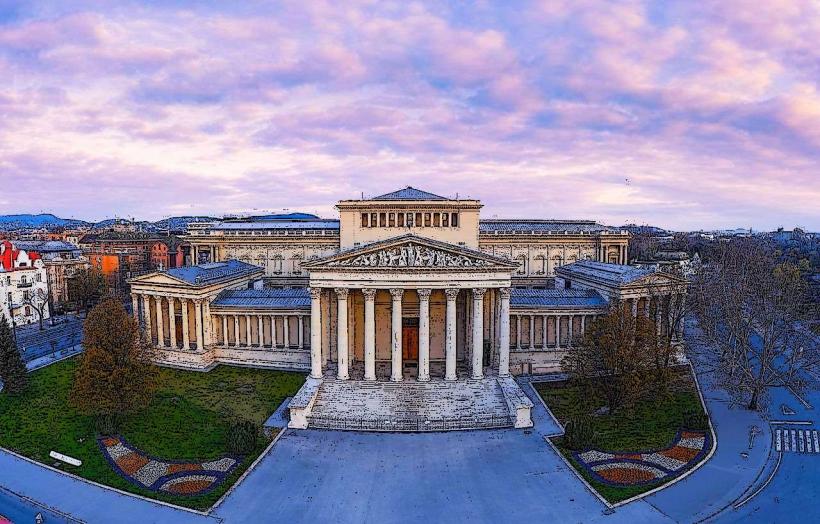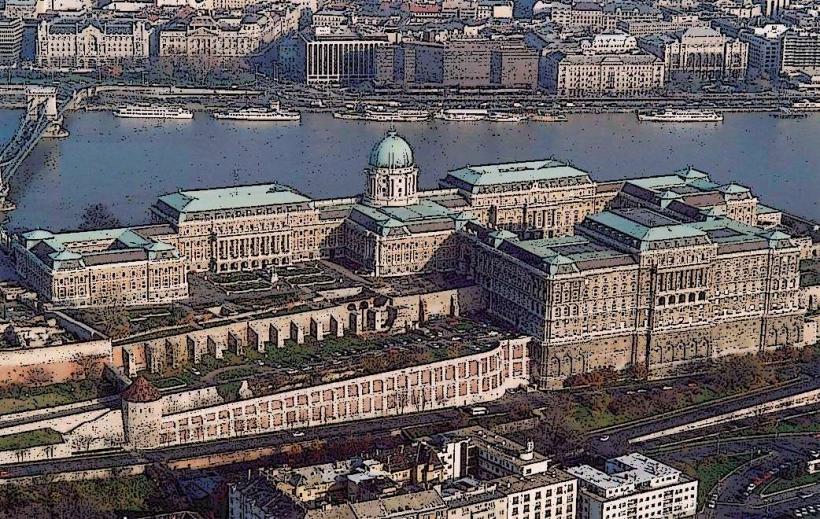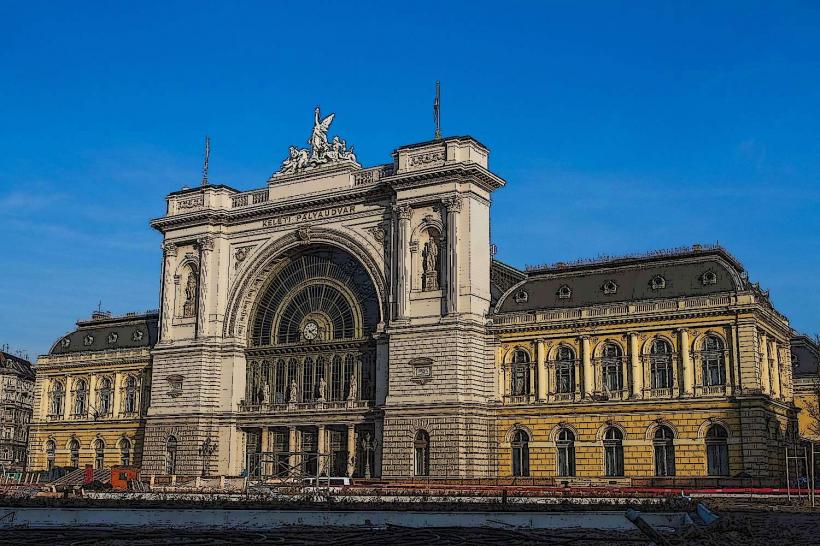Information
Landmark: Great SynagogueCity: Budapest
Country: Hungary
Continent: Europe
The Great Synagogue (in Hungarian, Nagy Zsinagóga) is a landmark and one of the most significant Jewish sites in Budapest, Hungary. Also known as the Dohány Street Synagogue, it is the largest synagogue in Europe and the second-largest in the world, after the Synagogue of New York City. This historic and architectural masterpiece is not only a religious center but also a symbol of Hungary's Jewish heritage and a testament to the resilience of the Jewish community.
Location
The Great Synagogue is located in the Jewish Quarter of Budapest, on Dohány utca (Dohány Street), which is one of the central streets in the city. The synagogue is easily accessible and situated near several other Jewish heritage sites in Budapest.
History
The synagogue was completed in 1859 and was designed by the German architect Ludwig Förster in an Orientalist style, combining elements of Moorish Revival and Byzantine architecture. The construction was made possible by the Jewish community of Pest (which, before 1873, was the separate town on the eastern bank of the Danube River, now part of Budapest), and it was funded through private donations.
- Foundation: The Jewish community in Budapest was growing rapidly in the 19th century, and they needed a larger place of worship to accommodate their members. The building of the Great Synagogue became a symbol of the flourishing Jewish culture in the city.
- Renovations: In the late 20th and early 21st centuries, the synagogue underwent significant restoration work to preserve its grandeur and cultural importance, ensuring it continues to serve both as a religious site and a popular tourist attraction.
Architectural Features
The Great Synagogue is renowned for its grandiose design, which blends multiple architectural styles, and its impressive size. Some key architectural features include:
Exterior: The synagogue’s facade is characterized by two tall towers, which are topped with onion domes, a feature typical of Moorish-style architecture. The facade is decorated with elaborate ornamentation, including intricate carvings and arches that give it a unique and exotic appearance.
Interior: The interior of the synagogue is equally stunning, with rich decoration and elaborate detailing. The large prayer hall features a seating capacity of around 3,000 people, making it the largest synagogue in Europe. It is filled with ornate woodwork, stained glass windows, and gold accents that give it a majestic, otherworldly atmosphere. The Bimah (the raised platform from which the Torah is read) is particularly impressive, as is the Ark that houses the Torah scrolls.
Ceiling and Dome: The ceiling is adorned with vivid colors, and a large central dome crowns the synagogue. The interior features a blend of Islamic, Byzantine, and Jewish motifs, giving it a distinctive and eclectic feel.
The Organ: One of the unique aspects of the Great Synagogue is its pipe organ, one of the largest and most important in Hungary. The organ is frequently used in religious services and concerts held at the synagogue.
The Jewish Museum and Memorials
The Great Synagogue is part of the Dohány Street Synagogue Complex, which includes several important sites dedicated to the memory of Hungary's Jewish community.
1. Jewish Museum
The Jewish Museum is housed in a building adjacent to the synagogue and offers a deep dive into the history and culture of the Jewish community in Hungary. The museum showcases a wide range of exhibits, including:
- Artifacts: Ritual objects, ceremonial items, and everyday objects used by Hungarian Jews.
- Historical Exhibitions: Displays about the history of Jews in Hungary, their contributions to the country's culture, and their experiences during World War II, including the Holocaust.
- Religious Artifacts: The museum also displays historical religious items, such as Torah scrolls, Tallit (prayer shawls), and menorahs.
2. Holocaust Memorial and Cemetery
The Great Synagogue is located in the heart of the former Jewish ghetto of Budapest, and a part of its complex is dedicated to remembering the Jewish victims of the Holocaust. The Raoul Wallenberg Memorial Park is located next to the synagogue and contains several monuments and gravestones, including the Memorial to the Hungarian Jewish Martyrs.
Memorial to the Victims: The park features a striking tree-shaped memorial, the Tree of Life, with engraved leaves bearing the names of victims of the Holocaust. The memorial is a somber tribute to the many Hungarian Jews who lost their lives during the Holocaust.
Cemetery: There is a small cemetery within the complex where prominent Jewish figures, including rabbis and community leaders, are buried.
Cultural and Religious Role
The Great Synagogue continues to serve as a center of Jewish worship, particularly for the Neolog community, which is a progressive branch of Judaism in Hungary. In addition to regular religious services, the synagogue hosts concerts, cultural events, and lectures, making it a hub for both the Jewish community and visitors interested in Hungarian Jewish history.
Jewish Holidays: The synagogue hosts major services during Jewish holidays, including Rosh Hashanah (Jewish New Year) and Yom Kippur (Day of Atonement), as well as celebrations for Shabbat.
Tourism and Education: As one of Budapest’s top tourist attractions, the Great Synagogue offers guided tours in multiple languages, educating visitors about the history of Jews in Hungary, the significance of the synagogue itself, and the broader Jewish heritage of Budapest. The complex is a site of cultural exchange, helping visitors understand the rich history and tragic events that shaped Hungary’s Jewish community.
Visitor Information
- Location: The Great Synagogue is located at Dohány utca 2a, in the heart of Budapest’s Jewish Quarter, close to other cultural and historical sites.
- Opening Hours: The synagogue is open to visitors most days of the week, with exceptions during Jewish holidays and religious services. The Jewish Museum and Holocaust memorials are also open to the public.
- Admission: There is an admission fee for tours of the synagogue, the museum, and the memorial sites, with discounted rates for students and groups.
- Services: The synagogue offers services in Hebrew and Hungarian, with provisions for English-speaking visitors as well.
Conclusion
The Great Synagogue is a magnificent example of Jewish architecture, rich in history and culture. It serves as a spiritual and historical center for the Jewish community of Budapest while also standing as an important cultural site for people from all walks of life. A visit to the synagogue is an opportunity to explore the Jewish heritage of Hungary and reflect on the history, contributions, and resilience of the Jewish people in the face of adversity.

